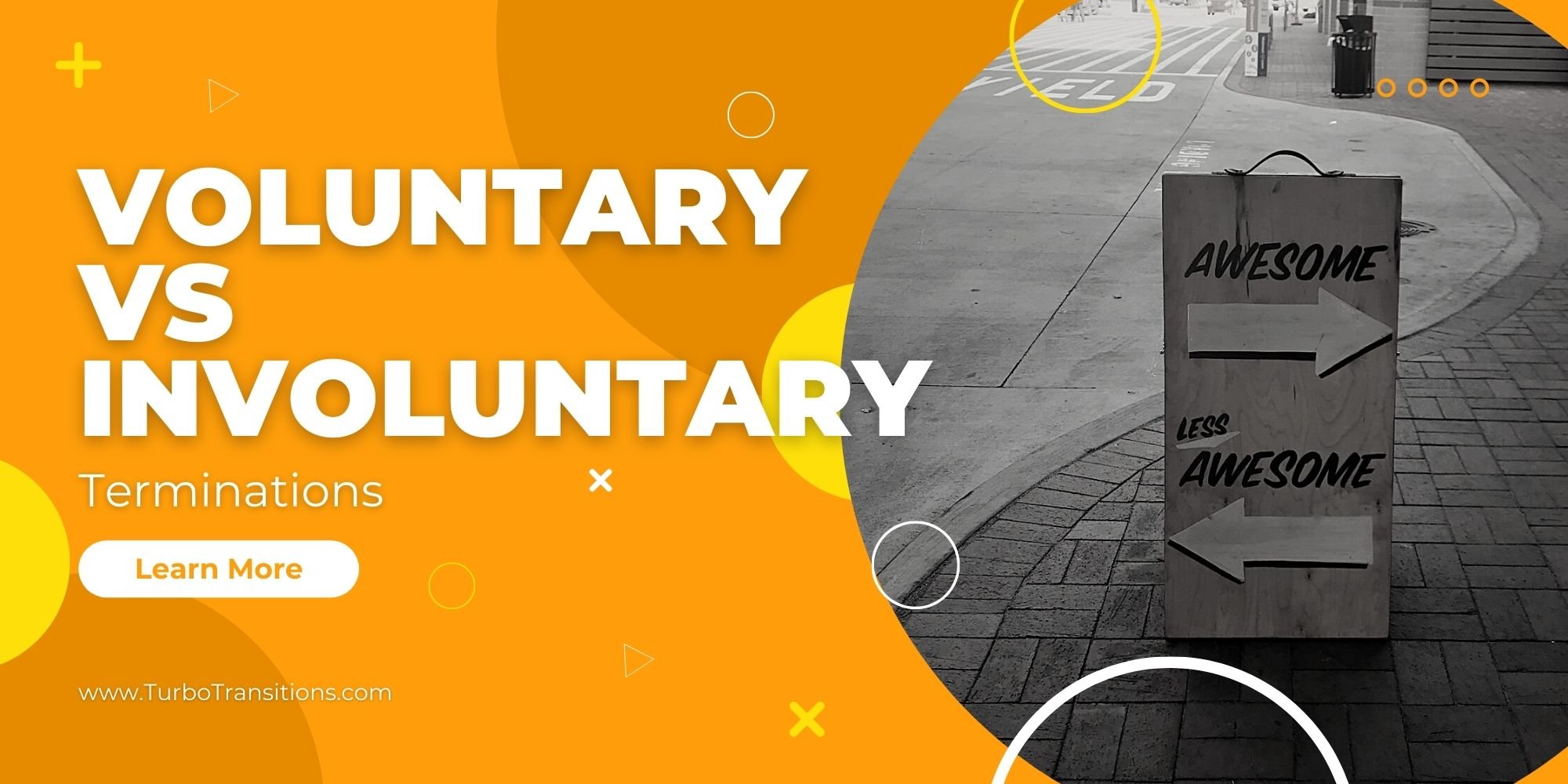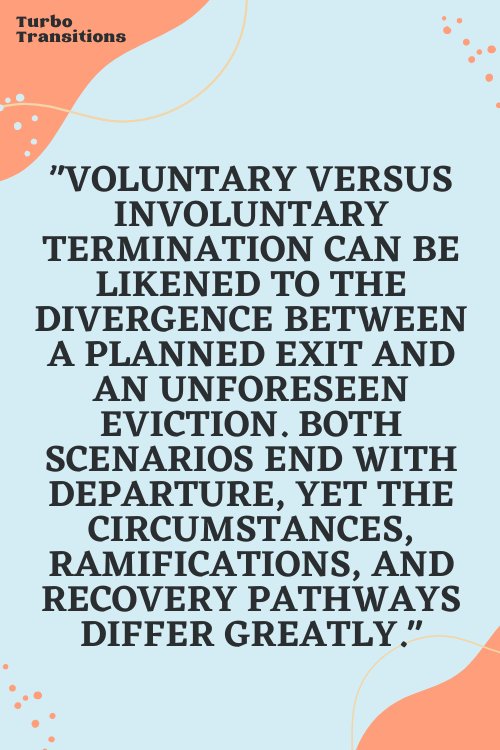Voluntary vs Involuntary Termination: Key Differences and Implications for Employers
Firing employees can be a challenging and emotional process for both parties involved (at least it has been for me in the past). And understanding the difference between voluntary and involuntary termination, if you are in a position relevant to this topic, is important to make sure fair treatment for all and to minimize legal risks.
Today, I will run through and provide an overview of voluntary and involuntary termination, its implications, legal considerations, and best practices you as an employer should follow.
What is Voluntary Termination?
In simple terms (which always seems to help me), Voluntary termination is when someone decides to leave their job on their own. It’s like when you choose to stop doing something, like a club or a team, because you want to move on or do something different.
Voluntary termination occurs when an employee decides to leave their job willingly. This type of change can arise for several different reasons:
Reasons for voluntary termination
Employees' personal reasons, such as family commitments, health issues, or a desire for a career break, can lead to voluntary termination.
Employees may resign to pursue more attractive job prospects or career advancements in another organization.
Employees might need to move to another city or country, necessitating the termination of their current employment.
Implications for employers
High voluntary turnover can signal employee dissatisfaction, potentially affecting morale and company culture.
Employers must invest time and resources in recruiting, hiring, and training new employees to replace those who leave voluntarily.
Employers should document these seperations properly to avoid potential legal issues.
What is Involuntary Termination?
Going back to simple terms, Involuntary termination is when someone has to leave their job, but it’s not their choice. It’s like being told you can’t be on a team or in a club anymore because of a decision made by the coach or leader.
Involuntary termination refers to situations where the employer initiates the dismissal of an employee's contract. This type of seperation can happen for several reasons:
Reasons for involuntary termination
Employees who consistently fail to meet performance standards or expectations may face involuntary termination.
Employees engaged in unethical behavior, harassment, or other breaches of company policies can be terminated involuntarily.
Restructuring or downsizing may lead to layoffs and the elimination of positions, resulting in involuntary termination.
Implications for employers
Employers must ensure that involuntary terminations are carried out fairly and in compliance with applicable laws to avoid potential lawsuits.
Involuntary terminations will likely impact the morale of remaining employees, leading to decreased productivity or increased voluntary turnover.
Providing severance packages and outplacement services can help ease the transition for terminated employees and reduce potential legal risks.
Voluntary vs Involuntary Termination
The main difference between voluntary and involuntary termination lies in who initiates the end of the employment relationship.
In a voluntary termination, the employee chooses to leave the company, while in an involuntary termination, the employer decides to end the employment.
Regarding the more straight foward explanation I was referencing, Voluntary termination is when someone chooses to leave their job on their own, like deciding to quit a team. Involuntary termination is when the person is told they have to leave, like being let go from a team without choosing to leave.
Best Practices for Employers
Make sure there is clear communication of expectations and policies
Employers should ensure that employees are aware of their job responsibilities, performance expectations, and company policies to minimize misunderstandings that could lead to a breakup.
Maintain regular performance evaluations and feedback
Providing ongoing feedback and conducting periodic performance reviews can help employees address performance issues before they escalate to involuntary termination.
Provide support for employees during termination processes
Employers should handle terminations with sensitivity and professionalism, offering support such as outplacement services, job search assistance, or severance packages where appropriate.
Wrapping Up
Understanding the distinctions between voluntary and involuntary separation is important for employers and employees in this ever-changing work world.
As an employer who is initiating the termination, you should always ensure that the processes are fair, transparent, and legally compliant to maintain a positive company culture and avoid potential lawsuits.
We hope this clarifies the distinction between the two forms of termination and eliminates any misunderstandings surrounding them.
Wishing you the best of luck with your business, and have a fantastic day!
“As a leader, you have to have the ability to assimilate new information and understand that there might be a different view.”
Tags: Voluntary termination, involuntary termination, voluntary vs involuntary termination
Author: Reid Alexander
Disclaimer: This content is for informational purposes only & not intended as professional legal or HR advice. Consult with qualified professionals for advice tailored to your specific situation. The author & publisher disclaim any liability for errors, omissions, or actions taken based on this content.



